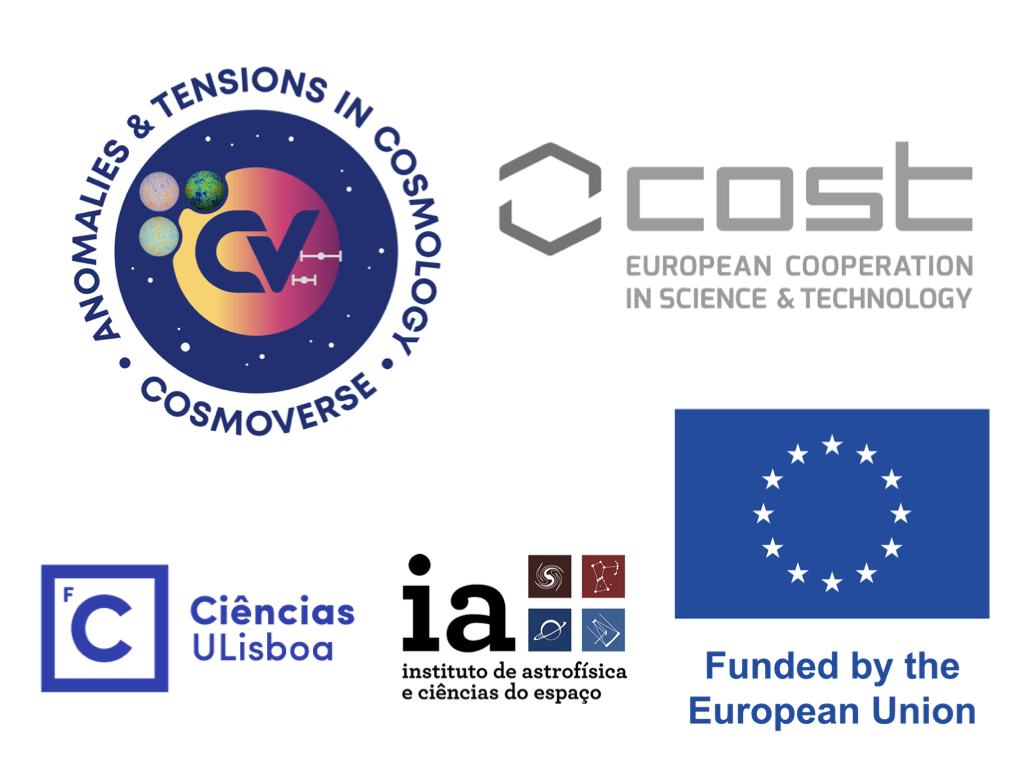Speaker
Description
I will start my talk with a brief critical review of cosmological proposals put forward as potential so- lutions to the Hubble constant tension. I will argue that the lack of decisive observational evidence supporting any of the current models should motivate our community to reassess the risk-to-gain ratio of this line of research and perhaps restore a balance between the efforts put in testing a wide range of possible testing systematic effects in the measurements of the Hubble constant and ad hoc modifications of the standard cosmological model. In the second part of my talk, I will discuss a new reanalyses of Cepheid and type Ia supernova data used in the local determination of the Hubble constant. I will show the evidence of a discrepancy between the colour correction of supernovae in the calibration sample and the Hubble flow. This discrepancy is currently an intrinsic tension in the local determination of the Hubble constant and a source of unaccounted systematic errors. I will show that applying supernova standardisation which accounts for this anomaly by resolving two different observationally and theoretically motivated supernova popu- lations related to two progenitor channels and dust extinction in their environments, yields the Hubble constant which is consistent with the Planck value. The new standardisation method is based on a novel Bayesian hierarchical model of type Ia supernovae which explains completely the Hubble residuals arising from the standard method of supernova standardisation in terms of extinction and intrinsic properties of supernovae originating from two observationally motivated populations (fast/slow decliners correlated with old/young stellar populations). I will give a brief overview of this model, the current constraints and the perspectives of using it in cosmological analyses of type Ia supernovae.

